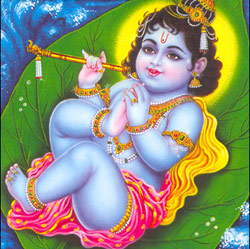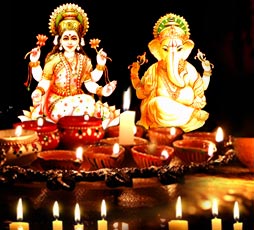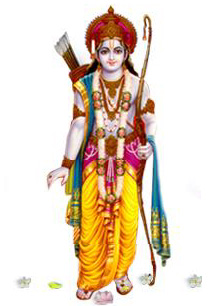Mahashivratri
 The festival of Mahashivratri is celebrated on 14th day of Krishna Paksha of the month of Phalgun, according to Hindu calendar. According to the English calendar this falls somewhere in the month of February or March.
The festival of Mahashivratri is celebrated on 14th day of Krishna Paksha of the month of Phalgun, according to Hindu calendar. According to the English calendar this falls somewhere in the month of February or March.
Maha means huge, Shiva means auspiciousness and Ratri means night.
According to Puranas, during the time of Samudra Manthan a pot of poison came out from the ocean. Both, Gods and demons were frightened and they went to Lord Shiva for help. Lord Shiva drank the poison in order to save the world. However, he did not swallow it but held it in his throat. Since the poison turned his throat blue, he is known as ‘Neelkantha’ after that. It is believed that Mahashivratri was the day when all this happened and so people celebrate it by worshipping Lord Shiva.
Lord Shiva was formless until the night of Mahashivratri when he appeared in the form of huge Ling. This was actually to end the ego clash between Lord Vishnu and Lord Brahma. The Ling is said to be extremely huge and neither Lord Vishnu nor Lord Brahma could find the end or beginning of this Ling. From that day onwards people worshipped Ling as Lord Shiva and celebrated Mahashivratri every year.

 The birthday of Hinduism's favourite Lord Krishna is a special occasion for Hindus, who consider him their leader, hero, protector, philosopher, teacher and friend all rolled into one.
The birthday of Hinduism's favourite Lord Krishna is a special occasion for Hindus, who consider him their leader, hero, protector, philosopher, teacher and friend all rolled into one. The festival of Holi is celebrated on the day after the full moon in early March every year.
The festival of Holi is celebrated on the day after the full moon in early March every year.  Diwali or Deepavali, popularly known as the "festival of lights," is a festival celebrated between mid-October and
Diwali or Deepavali, popularly known as the "festival of lights," is a festival celebrated between mid-October and Ramanavami celebrates the birth of Rama or Ramachandra. On the ninth day of the first fortnight of Chaitra the birth of Rama is commemorated. The story of Rama was first written by Vaalmeeki in about the 4th century B.C. Rama is supposed to have lived during the 8th or 7th century B.C.
Ramanavami celebrates the birth of Rama or Ramachandra. On the ninth day of the first fortnight of Chaitra the birth of Rama is commemorated. The story of Rama was first written by Vaalmeeki in about the 4th century B.C. Rama is supposed to have lived during the 8th or 7th century B.C.